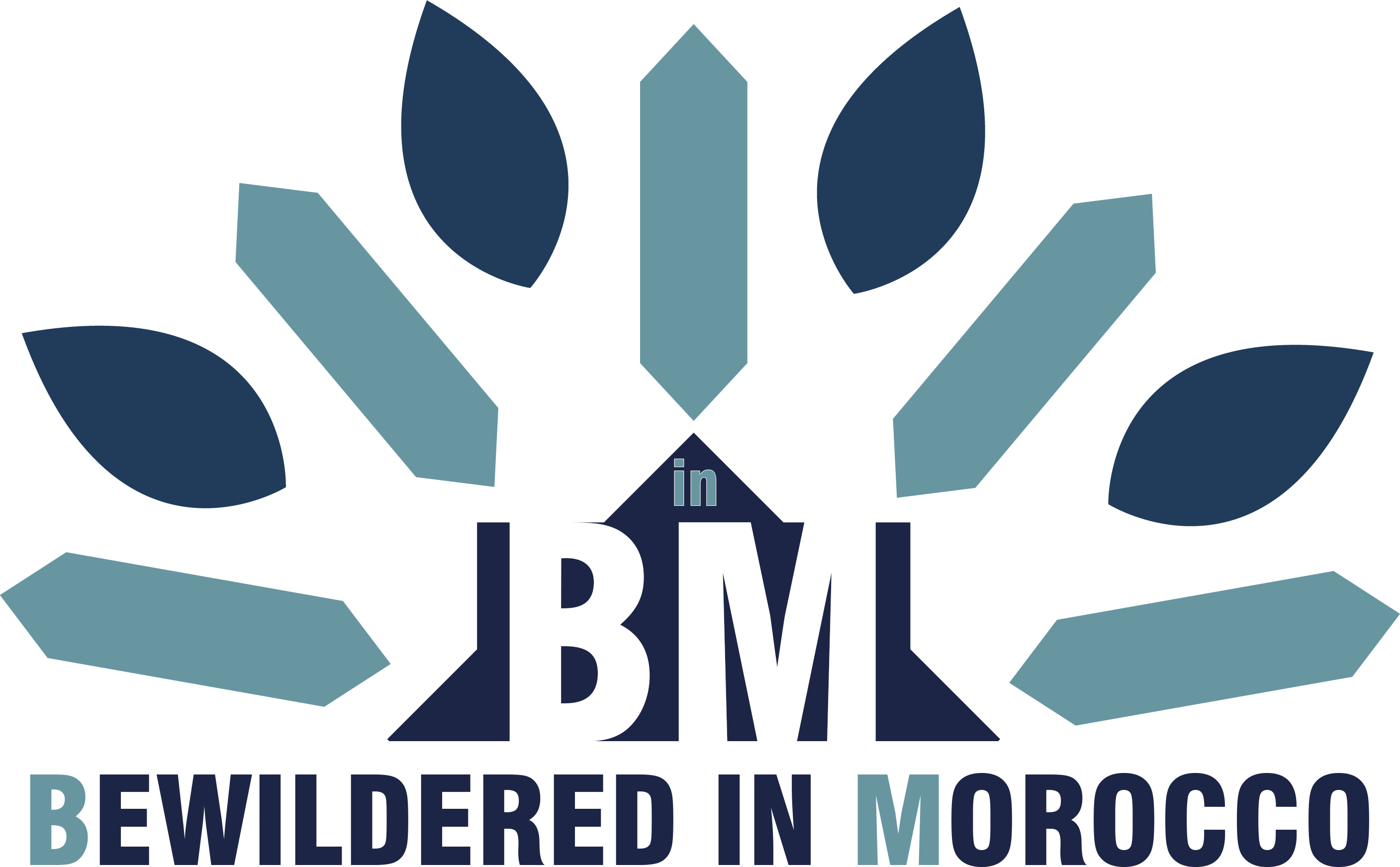
Moroccan henna is a symbol of beauty, celebration, and cultural heritage that transcends time. Known for its intricate designs and rich history, henna plays a pivotal role in both everyday life and special occasions in Morocco. Its artistry is deeply rooted in traditions, spirituality, and an unmatched appreciation for aesthetic expression.
The Origin and Preparation of Henna
Henna begins as a humble plant flourishing in arid regions, especially around the Moroccan town of Azzemour. Its leaves are harvested, dried, and ground into a fine powder. This powder is then mixed with water, lemon juice, rose water, or eucalyptus essence to create a fragrant paste. The resulting blend transforms into a natural dye, with variations in color achieved through additional ingredients like brewed tea or cloves.
However, caution must be taken with black henna, often enhanced with synthetic chemicals. While it may look appealing, it can cause allergic reactions and severe burns. True Moroccan henna remains a safe and time-honored natural product.
Henna as an Art Form
The application of henna is an art passed down through generations. Women known as naqasha, hannaya, or nekacha, depending on the region, are the artisans of this craft. Using tools like the mrod (a pointed stick) or modified syringes, these artists create stunning designs that range from simple bracelets to elaborate patterns covering the hands, feet, and beyond.
Moroccan henna designs vary greatly across regions:
- Fassi (Fez) Style: Geometric patterns dominate, covering areas with precision and minimal solid blocks.
- Marrakech Style: Floral motifs take precedence, utilizing negative space for a delicate finish.
- Saharawi Style: Inspired by the vast Sahara, these designs are deeply symbolic, often featuring the khamsa (hand) or eye motifs.
Symbolism and Spirituality
For many Moroccans, henna goes beyond its aesthetic appeal. Its designs carry meanings of good luck, protection from evil, and blessings. Henna tattoos are thought to shield against the evil eye and ensure success, fertility, and peaceful relationships.
Historically, henna was also used for practical purposes. Farmers applied it to their hands and feet, believing it would grant them strength for labor. Its cooling properties made it a popular remedy during Morocco’s sweltering summers.
Traditions and Celebrations
Henna is a staple in Moroccan festivities, particularly weddings. Brides adorn their hands and feet with intricate designs, signifying joy, protection, and a blessing for their new chapter in life. Beyond weddings, henna is a highlight of religious holidays and community gatherings. Women often host henna parties to prepare for celebrations, strengthening bonds and honoring their shared heritage.
Modern Adaptations
While modernity has introduced new interpretations of henna, its cultural essence remains intact. Tourists frequently partake in henna art, appreciating its beauty without fully understanding its depth. The growing influence of the Gulf style, characterized by quick floral designs, adds a contemporary touch, but Moroccan henna remains a cherished cultural practice.
Henna: A Universal Language of Joy
The saying, “Where there’s joy, there’s henna,” captures the spirit of this art form. Whether marking a personal milestone, welcoming a festive season, or simply indulging in its beauty, henna continues to unite Moroccans in a shared celebration of their rich culture and heritage.
